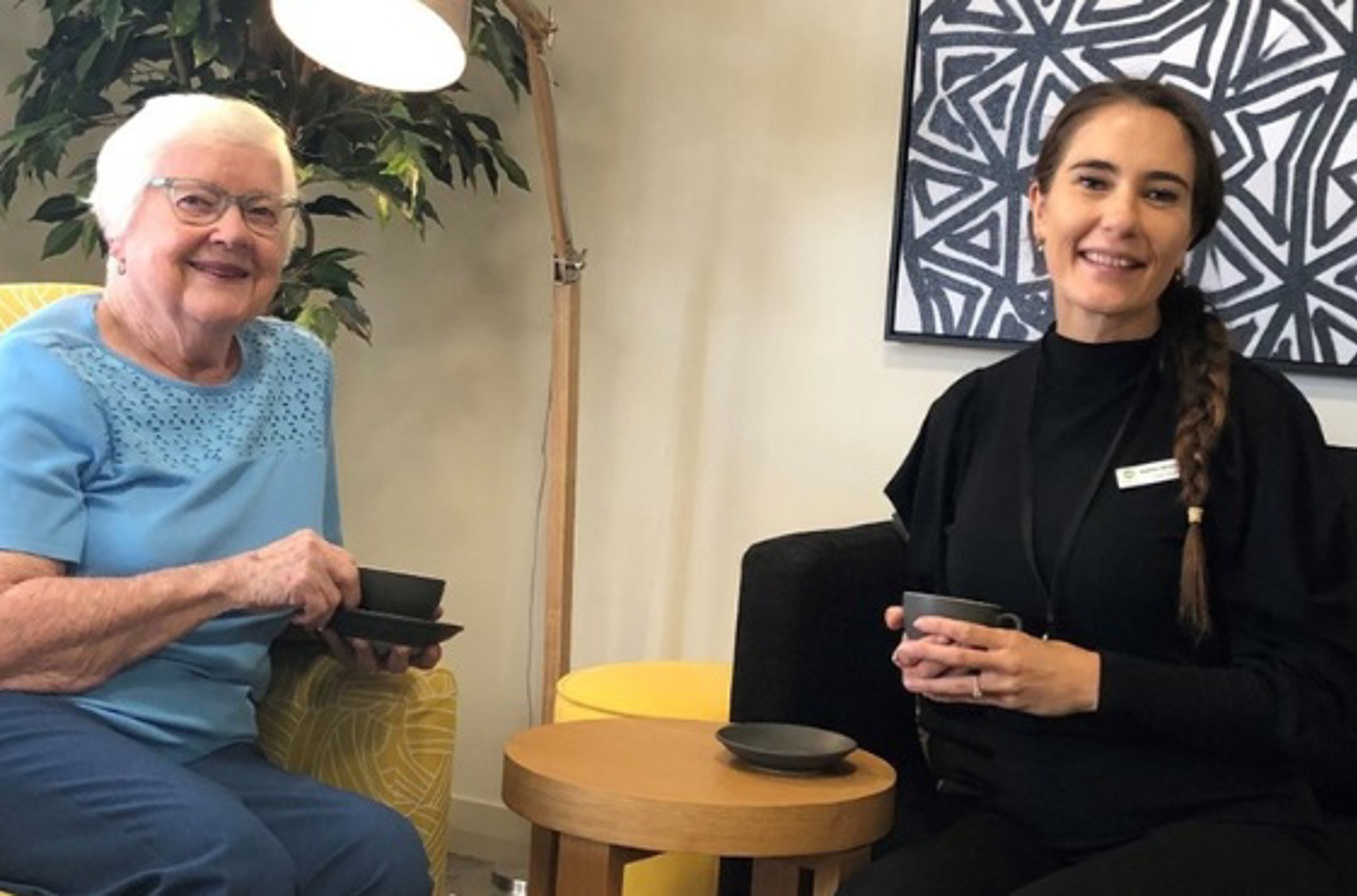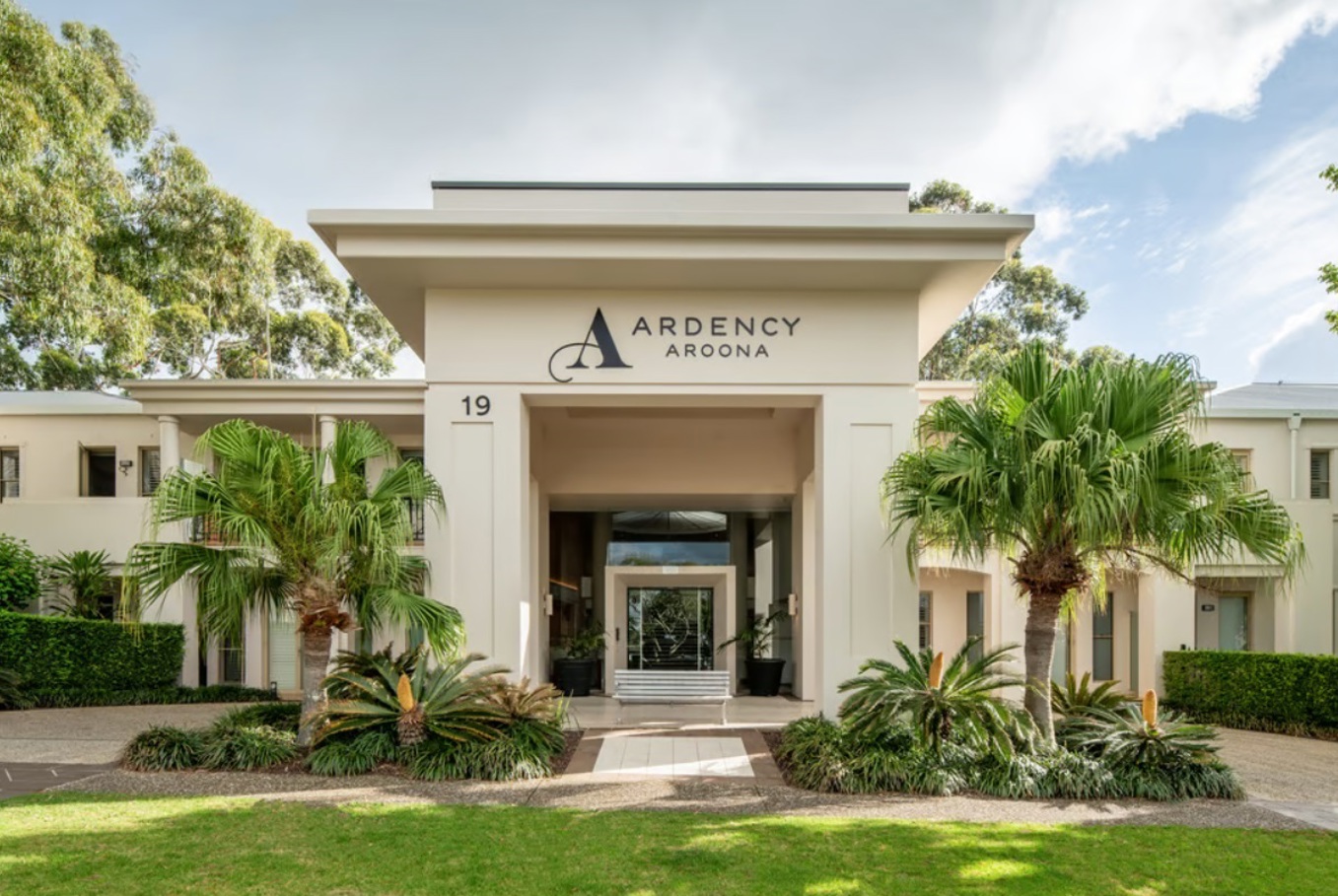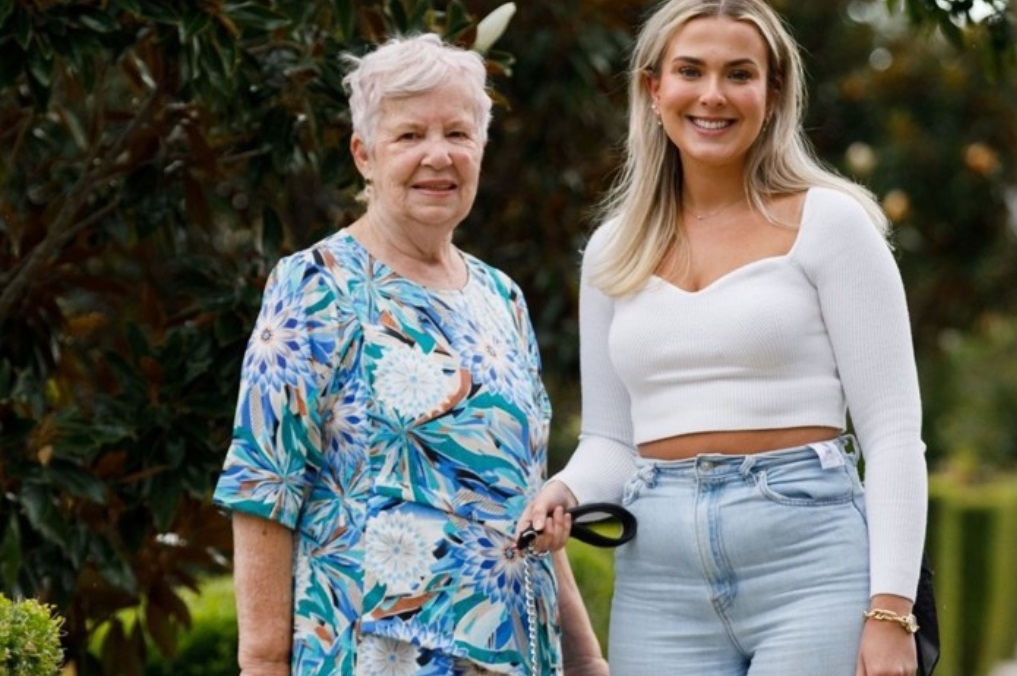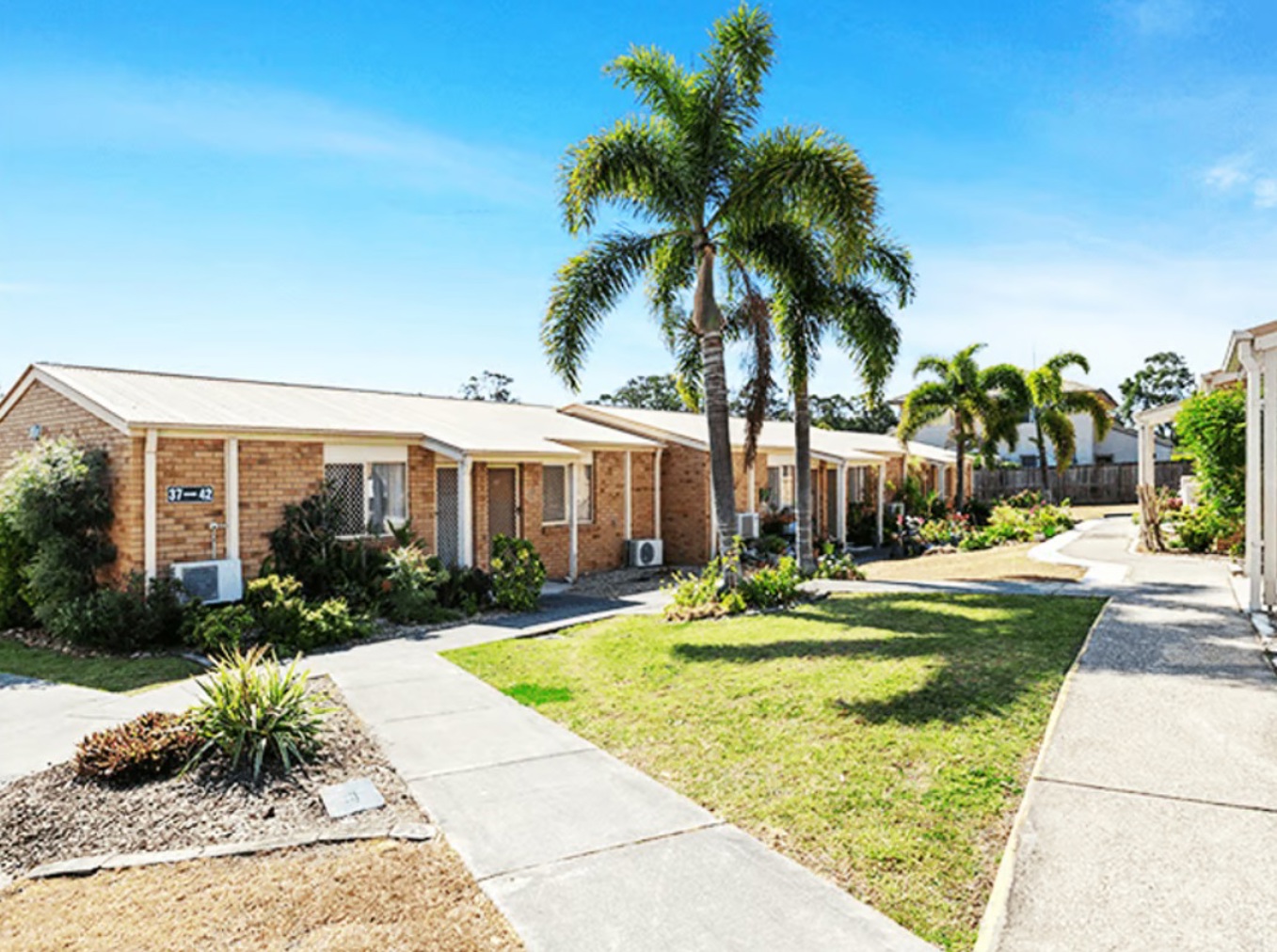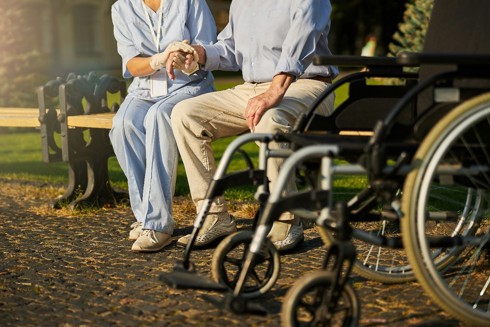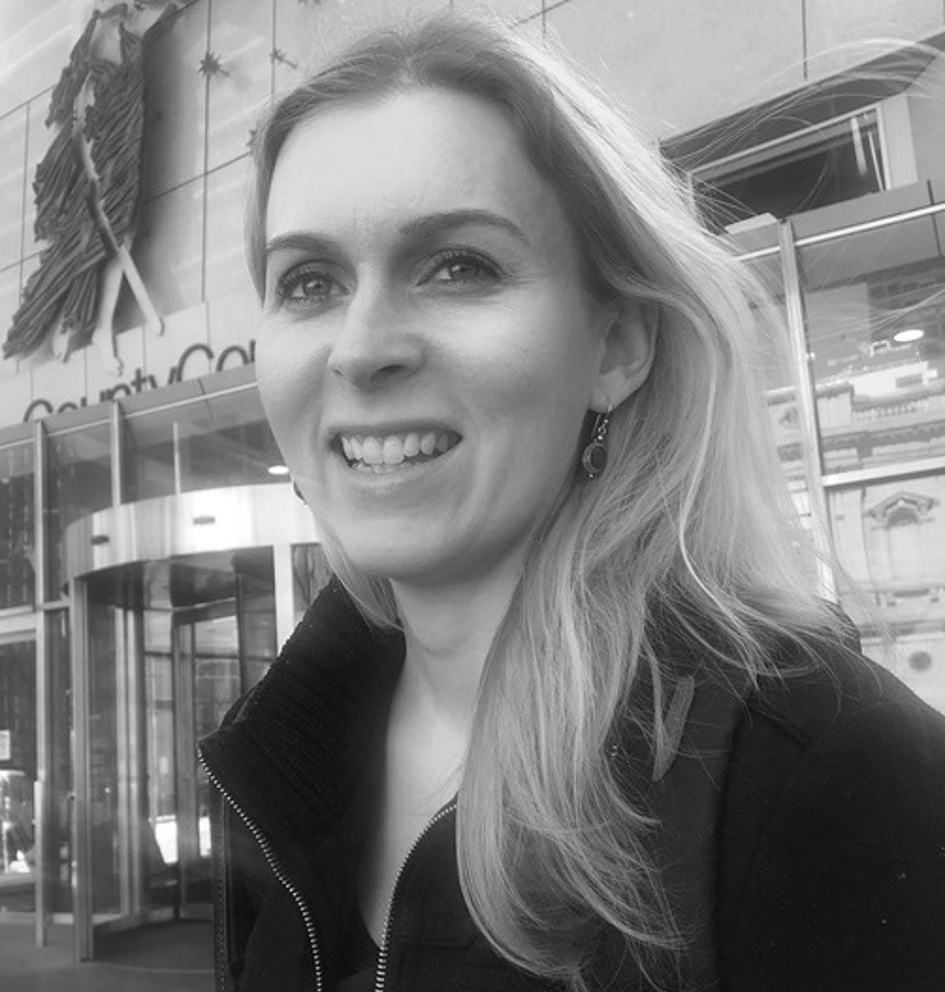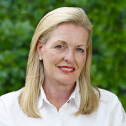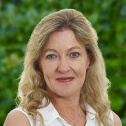Innovative new model for dementia care
03/03/2023
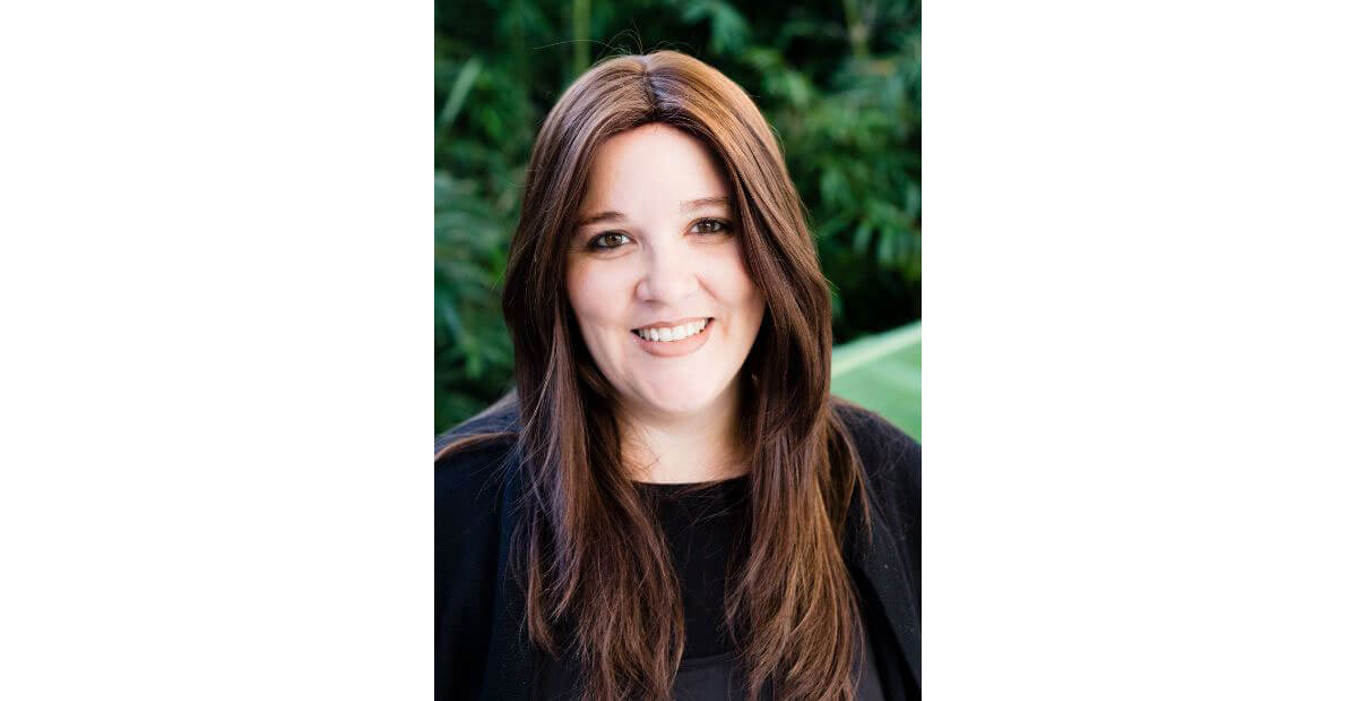
Sydney-based nursing homes offer innovative new model for dementia care
What do you imagine a dementia unit looks like? For many of us, it would be long, white corridors and locked wards. It’s a widespread view about dementia care, and one that Tamar Krebs, the founder of Group Homes Australia, is trying to change.
Ms Krebs, who has over 18 years’ experience in aged care, opened her first home in 2011 after beginning to question what she labels society’s need to “warehouse our elderly”.
“If we live our entire life in a community surrounded by friends and family then why at a person’s most vulnerable point in their life do we lock them away from society, their familiar suburb and why do we focus on their disability?” she says.
She now has eight homes in Sydney’s North Shore, Northern Beaches and Eastern Suburbs – so how do they differ from the traditional dementia care models?
Home sweet home
Each home has six to 10 elderly people living together in a real house and provides five levels of care tailored to each resident. Of these, 95 per cent have dementia, with the youngest 45.
The ratio of nurses to residents is considerably lower than traditional care, with one ‘homemaker’, as they call their staff, for every three residents.
When residents move in, they are free to maintain their normal routines, and can wake, nap and shower in their own time. They can also choose to eat meals in the communal dining area, or a smaller dining space or their own room.
Residents can also go on accompanied outings to local shopping centres, hairdressers and supermarkets and use the kitchen to make their own meals with carer assistance.
Ms Krebs says her homes centre on residents’ abilities, rather than their disability. “If a person loves baking, we focus on baking and break it up into manageable steps so that the person feels meaningful and purposeful,” she says.
Some of the homes also have pets while another has a swimming pool for visiting grandchildren. “One of our houses has story time which brings together local toddlers with our residents,” she adds. “We also have a local school come and perform music concerts for our residents each week.”
The houses themselves are designed to blend into the local community, without any signage or logos.
Families can also be actively involved in care, with relatives and grandchildren able to stay over for meals and visit at any time they want.
Praise from the expert
Dementia advocate, author and speaker Kate Swaffer, who was diagnosed at the age of 49, visited three of the homes last year and wrote an open letter to Group Homes afterwards, saying the style of accommodation and care was the best she has seen in Australia.
“It was easy to chat to the residents of these homes; every person on site seemed at home, and at ease, and it looked … and more importantly, it felt like I was visiting them in their own private homes,” she wrote.
“Having had to help find three beds for close family or friends requiring residential care, and having had to actively consider it for myself, this is the FIRST time, and ONLY time, I have felt I would or could move into ‘residential care’.”
The business of aged care
Finding appropriate staff who will support their outcome-focused philosophy has been difficult though. “Many nursing staff are very task-focused when they come out of traditional aged care. They focus on toileting, showering etc,” Ms Krebs says. “We need to re-program how they support people living with dementia.”
Sixty beds are also considered to usually be the minimum number for an aged acre facility to be viable. Then how does the business make a profit?
After being bankrolled by a private investment of $3.5 million, residents now pay most of the bills. In addition to the usual upfront payment, the fees vary from $58 to $150 a day depending on the location and the level of care required.
The residents also receive some funding through the Government’s home care packages – “We do have to ensure that our homes meet and exceed the same standards as other homes,” Tamar states.
While this model is gaining momentum in Scandinavia, the Netherlands and Japan, it’s yet to become popular in Australia, but Ms Krebs is planning for that to change. “We plan to take the Group Homes Australia model nationwide within the next year,” she says.
With the number of people with dementia is expected to be almost 900,000 by 2050, it’s a model that is sure to grow in demand.
You can learn more about Group Homes Australia here.
https://www.fightdementia.org.au/about-us/media/key-facts-and-statistics

